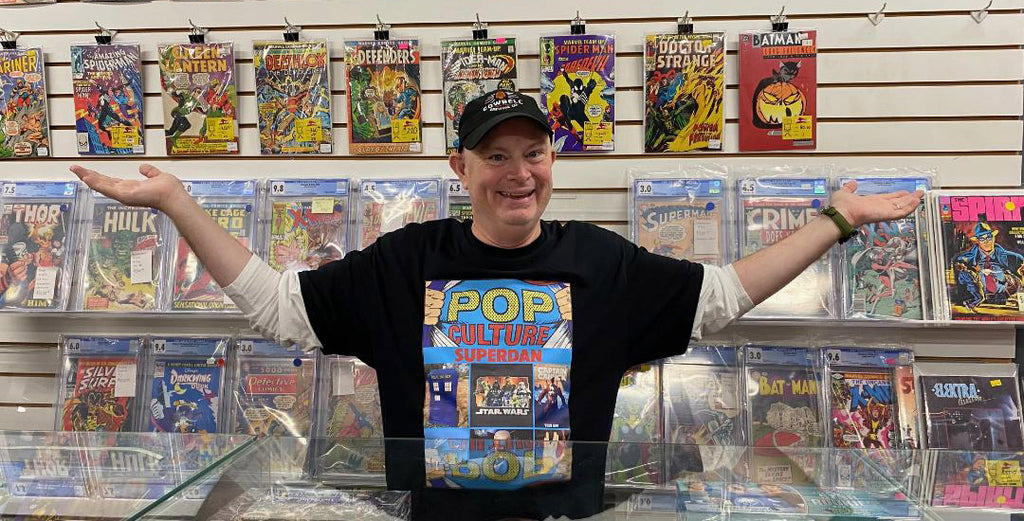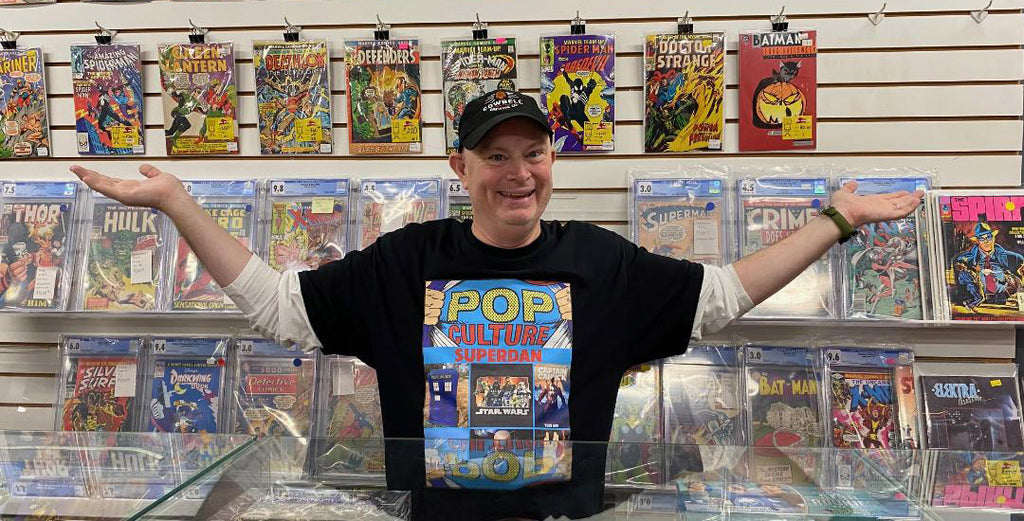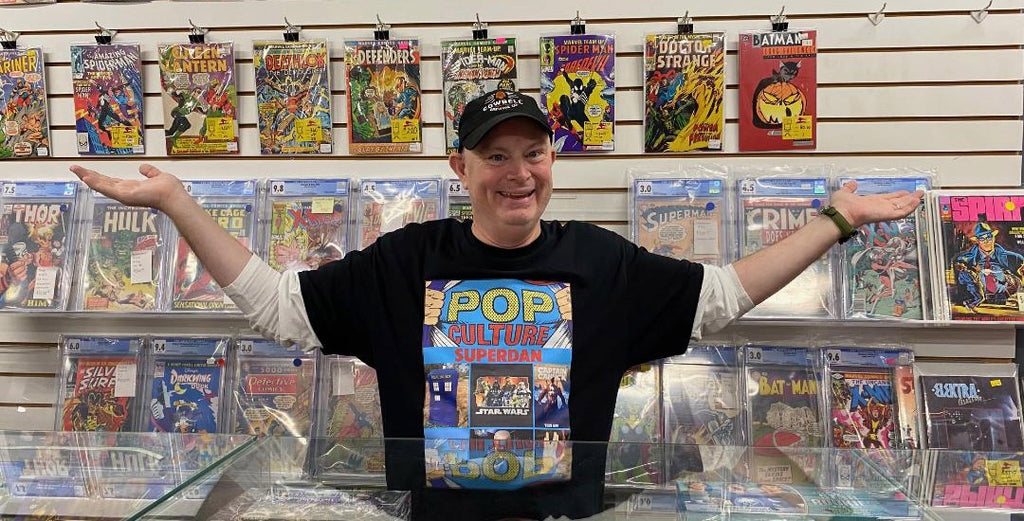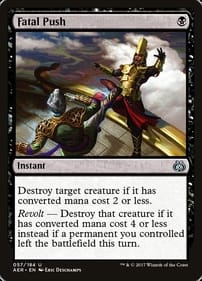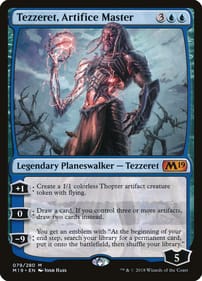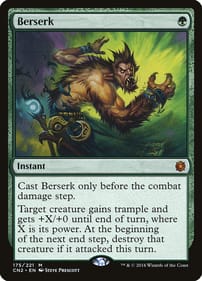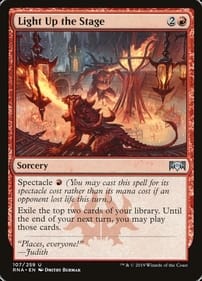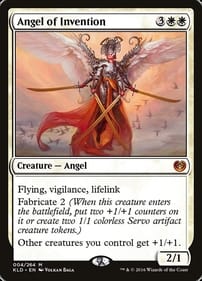Make mine Byrne
What you probably don’t know about the Forest City is how it’s the hometown of the leader of the Marvel comics superhero team Alpha Flight.That’s right, James (Vindicator) Hudson hails from London, Ontario.This bit of trivia is on my mind because last October the company re-released the Alpha Flight comics by John Bryne Omnibus, which collects the team’s early exploits in its own title and others from the 1970s and 1980s.I’m almost 600 pages into the hefty tome, which clocks in at 1,248 pages long. Being a fan of Byrne, the sometime Canadian artist/writer, obviously I love the thing.I began following his work earlier in the Me Decade when he penciled titles like Doomsday+1 and Space: 1999.What can I say? Something about his precise, elongated lines spoke to my younger self. I was part of the generation whose puppy love for superheroes grew into something deeper when Byrne was assigned to such Marvel titles as Iron Fist, Team-Up and, of course, the Uncanny X-Men.We were Wolverine fans before the Canadian X-Man became an unkillable killing machine. And we were thrilled when Wolvie’s former allies, Alpha Flight, got their own series.What we didn’t know was Byrne did not have a fun time doing the first 29 issues of Alpha Flight, which appear in this collection along with their appearances in mags like the Incredible Hulk, Machine Man and Two-in-One. For a while there, the Alphas – Sasquatch in particular – were perpetual Marvel guest stars.As he has stated in interviews in the years since, Bryne was frustrated with the limits of Canada’s own super-team. All Alpha Flight had been created to do, he famously noted, was to survive a fight with the X-Men. They were flimsy, two-dimensional.Some fans have pointed to how Bryne would kill off major characters as evidence he had soured on the character. Which didn’t stop the title from selling. Indeed, his first royalty check for Alpha Flight, at a time when royalties were not standard practice at Marvel, was reportedly the biggest Marvel had issued to that point.What jumps out at me in the omnibus edition?*Wolverine had his roots as a mortal character. In one X-Men story collected here, he even gets winded from running a lot. That destructible version of the character is long gone.*Byrne has spoken of how he always wrote Northstar true to his sexuality, even before Marvel was ready to reveal him as the company’s first queer superhero. It checks out. From the vantage point of being an adult reader, it’s clear Northstar is gay.*Vindicator, who changed his name to Guardian, was just getting interesting before he died in action.*I love Byrne’s depiction of Canada as home to ancient evils. He handled both pencils and inks on Alpha Flight, which means each panel lacks the background detail of when Terry Austin was inking his work in X-Men.*The issues here have a good balance of magic-driven storylines, street-level adventures and out-and-out superheroics. A favourite Byrne villain, the Super Skrull, even makes an appearance.*Each issue raises as many questions as it answers. Byrne was doing a superb job, given the constraints of monthly comics, of adding layers to each character. Keep in mind he was in the middle of a long run on Fantastic Four at the same time he launched Alpha Flight. All in all, the Alpha Flight by John Byrne Omnibus is a worthwhile trip down Memory Lane for any comic fan who grew up Marvel.Dan Brown has covered pop culture for more than 31 years as a journalist and also moderates L.A. Mood’s monthly graphic-novel group.
This is a Golden Age for Comics
Let me begin by making a bold statement.There has never been a better time in human history to be a fan of comics than now.The Golden Age of Comics is upon us. Don’t let anyone tell you otherwise.There has never been a greater variety of comics dealing with a multitude of subjects. Comics art has never been better. Plus comics are finally being taken seriously as a form of expression. And there are more opportunities to discuss comics and appreciate them than at any time before.Don’t believe me? Imagine a time when most of the comics on the spinner rack at your local drug store were published by two companies. They were all dismissed as stuff for children. There was no such thing as graphic novels, no major publisher looking for sustained narratives that weren’t about heroes with superpowers. And if you wanted to share your love of comics with fans around the world, you had no outlet to do so.I grew up in such a time. It was called the 1970s. Trust me, things were not better in my day. Back then, the general view was that comic books were something children grew out of. Why didn’t Stan Lee use his real name when he helped create the Marvel Universe? Because he was saving it for his attempts at “serious” literature.Nor was he the only one, as creators were made to feel embarrassed about working in an industry not treated like a legitimate trade. When new comic books came out, they weren’t reviewed in the newspapers of record. Movies featuring costumed do-gooders were few and far between.Fast-forward to 2024. Things are so much better in so many ways.Comics and graphic novels are recognized as a valid medium for telling all kinds of stories, not just ones about guys and gals in tights.Want to write about what it’s like to work in Alberta’s oil sands? Want to recollect your teen years toiling in a pulp and paper mill, dreaming of being a cartoonist? Want to explore the effects of an autocratic government in North Korea? Want to recount your hilarious attempts to capitalize on the “vinyl resurgence?” All of those stories have been told in graphic novels by Canadian creators. It’s true superhero comics did have a mass audience in the 1940s among children, but let’s suppose you’re a fan today of a particularly obscure character – say Marvel’s Rocket Raccoon. If you want to learn more about him, there are entire monthly titles devoted just to his exploits, featuring only him without any of his Guardians of the Galaxy teammates. Plus you can buy action figures and every other possible piece of merchandise based on Rocket.In fact, thanks to big-budget motion pictures and streaming shows, superheroes are more central to our culture than they were even back in the post-Second World War period. These productions feature serious talents like Robert Redford, Cate Blanchett, Jack Nicholson and Natalie Portman.The New York Times wasn’t reviewing comics or graphic novels when I was falling in love with them as a kid growing up in small-town Ontario. Academics weren’t doing serious research on them. There wasn’t a Scott Pilgrim or Sweet Tooth series on Netflix for me to enjoy, because none of that infrastructure existed.Nor did we have creators like a John Porcellino, whose work is so perfect that I consider it poetry in the form of sequential panels. Hey, I still love the Marvel mags of my childhood, but they weren’t that creative. And now we have a dedicated network of retailers like L.A. Mood devoted to selling comics, connected by a global-information source that gives everyone the tools to express their love for whatever title or character or storyline they fancy. If you like a property, there’s a website for it. All of which is bolstered by a group of in-person events – here in London, that includes Free Comic Book Day, Forest City Comicon, and Tingfest. One of the big secrets in life is to know you have it good WHEN you have it good, not later. As the song says, you don’t know what you got till it’s gone, so my advice to anyone reading this column is to revel in this current Golden Age while it lasts.Dan Brown has covered pop culture for more than 31 years as a journalist and also moderates L.A. Mood’s monthly graphic-novel group.
A Chilling Admission from Your L.A. Mood Comic Correspondent
The views expressed in this column are those of the writer alone and should not be attributed to L. A. Mood or its employees. By Dan Brown I’ve got a horrible confession to make. You’re going to think less of me. But I can’t go on as L.A. Mood’s comic columnist without coming clean. If you’ve read any of my previous columns this year, you’ll know that I’m a fan of Marvel Comics from way back. (I always found D.C. heroes to be emotionally constipated, which made them seem less real and compelling to my younger self, a topic for a future column.) However, here’s the thing: As much as I’ve loved Marvel since the 1970s, I don’t feel much for the brand’s marquee character. That’s right. I don’t like Spider-Man. I can hear you gasping. I have to be honest with you, my fellow comic fans: I feel little for everyone’s favourite web-slinger, even though he’s been Marvel’s mainstay attraction for decades. It’s not that I actively dislike Peter Parker’s alter ego, it’s just that I’ve never gone out of my way to seek out the many books that feature him. How many different Spider-Man titles are there these days? About 5,000? That’s 5,000 I don’t have on my monthly pull list. I realize this is like a DC fan admitting they never liked Superman. Startling, but true. I guess I just never formed a bond with Spidey the way I did with characters like the Thing or Wolverine or the members of Alpha Flight. I started making mine Marvel in the mid-1970s. As the years went on, I fell in love with the Fantastic Four, Iron Fist, the new team of X-Men, Captain America, Iron Man, and others. Sure, I was aware of Spider-Man. Heck, one of his girlfriends had been killed by a baddie. Back then, characters died and stayed dead, so that was remarkable. And I knew a bit about supporting characters like the Punisher, who shot rubber bullets at his foes. That was cool. But in my childhood home in Poplar Hill, I wasn’t the one reading Spider-Man’s adventures. It was my four-years-older brother who brought Marvel Team-Up home off the spinner rack. Every month, the webhead partnered with a different character, usually one Marvel was hoping to promote to head up their own title. And I will admit, in the hands of artist John Byrne, Spidey could do some thrilling stuff. In one of those Team-Ups, Spidey runs upside-down through a hallway on the ceiling – it was such a brilliant use of a comic panel to show what the character is capable of. Yet it still wasn’t enough to fire my imagination. I drew a few pictures of Spider-Man in my school notebooks, but he was not the focus of my attention the way others were. I was a sucker for such anti-heroes as Deathlok, the warrior cyborg from the future. How could the wall-crawler compete? Somewhere along the way I even picked up a mini-digest of the first six or seven appearances of Spider-Man from the 1960s. Even though I loved that otherworldly Steve Ditko art and dug the crazy villains, it didn’t make me a regular reader. Were the modern movies any different? Nope. I went to see the three Tobey Maguire films, out of a sense of duty more than anything else. Maguire’s Spidey seemed just as . . . vanilla . . . as the one I remember from the comic books, so I gave up on him as a motion-picture character. Nor am I going to rain on anybody else’s parade. Don’t worry. If you’re a fan of Spider-Man, good for you. I’m just glad people are still reading comics and geeking out over superheroes in the year 2023. And hey, I’m a weird guy who likes weird things, so likely I’m the odd man out here. The fault is probably mine for not making a bigger spot in my heart for Aunt May’s favourite nephew. Are there any popular characters you never developed an affection for, even though they were bestsellers? I’d love to hear all about it in the comment box below. I promise I won’t think any differently of you! Dan Brown has covered pop culture for more than 30 years as a journalist and also moderates L.A. Mood’s monthly graphic-novel group.
The Next Big Marvel Fad Is Here
By Dan BrownI’m not one to say comics were better when I was a boy – they weren’t better, they were just different.That said, I do miss the desperate attempts by the editors at Marvel Comics to cash in on the latest trend, whether it be kung fu or black power or disco music.I miss the slapdash efforts to tap into the collective consciousness from the folks at the House of Ideas whenever the Next Big Thing came along in the 1970s and early 1980s.You don’t see that much in today’s comics.What I’m talking about are the weird, wonderful books like Marvel Premiere No. 50, which came out in 1979 and featured shock rocker Alice Cooper.That’s right: Along with Captain America, Spider-Man and the rest, the then-edgy Alice Cooper was once a Marvel protagonist.You can imagine the wishful thinking: Cooper was selling a pile of albums and had generated a lot of buzz with his at-the-time outrageous stage shows, so the brain trust running the firm likely figured gangbuster sales would follow if they slapped Alice’s name on a comic. That may also be why comics and characters prompted by popular trends were mostly half-ass affairs.The creative team had to get them onto stands quickly, since by the time retailers reported sales figures back, the newest mania could be over.Nor was Cooper the first musician to appear in the pages of a Marvel adventure: Gene Simmons and the guys from KISS likewise showed up in the magazine-size publication Marvel Super Special No. 1, which landed in 1977.But the ultimate example of cashing in on a musical craze had to be Dazzler, the mutant who had the powers of . . . a disco ball. She first appeared in 1980’s Uncanny X-Men No. 130. You won’t be surprised to learn the mutant superhero team discovered her in a chic New York nightclub a la Studio 54. Having her debut in the pages of one of the brand’s most popular titles didn’t hurt, and the character went on to have a comic of her own for five years, thus outliving the music genre that spawned her.If it was hot, Marvel tried to jump on it. When martial-arts films featuring Bruce Lee drew audiences to movie theatres, the company responded with heroes Shang-Chi and Iron Fist, who chopped with their hands and kicked with their feet. Giving a new character the unsubtle name Power Man, as well as promoting Black Panther to headline his own series, were part of Marvel’s play for black readers. With real-life daredevil Evel Knevel generating headlines in the 1970s, the storied company answered with a stuntman of their own, the Human Fly. Shogun Warriors was aimed at fans of giant Japanese robots.When the Marvel team couldn’t secure the rights to The Lord of the Rings, they created their own fantasy world in Warriors of the Shadow Realm. Heck, Spider-Man even joined forces with the original cast of Saturday Night Live in Marvel Team-Up No. 74 in 1978. And it got sillier. In 1982, the latest to become a Marvel superhero was . . . the Pope. John Paul II made his comic debut in a biographical issue called The life of Pope John Paul II. “The entire story!” the cover blared. “From his childhood in Poland to the assassination attempt!” I’m sure kids everywhere were thrilled.Of course, if you do enough of these fad-based comics, eventually one will catch fire. And that’s just what happened in the mid-1970s when Marvel got the rights to a virtually unknown sci-fi property called Star Wars.It was arguably the smartest move in Marvel history, because the title became a massive seller. There were millions upon millions of us hungering for Star Wars content, of which there was little apart from Alan Dean Foster’s Splinter of the Mind’s Eye novel and Brian Daley’s Han Solo trilogy. Smarter people than me have argued how, without the Star Wars licence, the company might not have survived into the 1980s.I guess you could say there is one fad that Marvel editors have been trying to milk for the last 20 years, which is the popularity of the movies and TV shows based on Marvel characters. They’ve taken a hero like Samuel L. Jackon’s Nick Fury from the movies and projected him into their comics, erasing the original cigar-chomping Second World War stalwart.But apart from driving up the price of back issues, I’m not sure big-screen adaptations have done much for the sales of the comics themselves, which is both odd and sad.Dan Brown has covered pop culture for more than 30 years as a journalist and also moderates L.A. Mood’s monthly graphic-novel group.
Comic Book Sale Caused by Superhero Discountman Appearance
Every once in a while, in the vast universe of comics, a new hero emerges—one that might not fit the traditional mold but resonates with fans nonetheless. At L.A. Mood Comics and Games, such a hero has risen: Discountman! Who Exactly is Discountman? Legends often have humble beginnings. Our enigmatic hero, Discountman, might not have come from a distant planet or been bitten by a mystical creature, but his power is one every comic aficionado cherishes: the power of unbeatable savings. Known in the inner circles as Gord, this unassuming figure is a testament that not all heroes wear capes. This hero, with his gentle demeanor, creates a legacy by making comic dreams more accessible. The Comic World's Best-Kept Secret Every hero has their story. While Discountman's real identity remains shrouded in mystery, what we do know is that his appearances are rare, usually during spectacular comic book sales, and always bring joy to the comic community. He's the unsung sentinel watching over budgets while ensuring fans don't miss out on their favorite reads. Great Comic Discounts From Friday, August 18th to Saturday, September 2nd, Discountman’s magic is palpable across L.A. Mood Comics and Games: 25% off on all wall comics and premium books: Whether you're a seasoned collector or a newcomer to the comic world, this range promises to introduce you to stories that will be cherished for ages, waiting for you at a fraction of the price. 50% off all back issues in white boxes: Thousands of tales await in shaped universes, legendary characters. Now is the time to complete those missing series or discover a new favorite at half the cost! These are perfect for those who love diving deep into the comic world's history and discovering hidden gems. A huge selection of Indie, Marvel, and D.C. comics await. Journey Through L.A. Mood Comics and Games Situated inside 100 Kellogg Lane in London, our store isn't just a commercial space; it’s a journey through time and imagination. With walls adorned by vibrant artwork and tales of heroism, betrayal, love, and camaraderie, L.A. Mood is a testament to the artistry and narrative prowess of comic creators. Digital vs. Tangible: The Unbeatable Charm of Physical Comics In an age of digital consumption, there’s an irreplaceable charm in holding a tangible paper comic. Feeling its weight, smelling the print, and being able to physically turn a page adds layers to the reading experience. This sale, an in-store exclusive, champions this very charm. A Clarion Call to Comic Lovers Heroes, anti-heroes, sidekicks, and even villains—here’s your chance to rally! Step into a realm where each corner holds tales of valor, each shelf introduces you to new worlds, and Discountman ensures your adventure doesn't burn a hole in your wallet. Conclusion Every epoch has its heroes. While the comic world is filled with the likes of Superman, Wonder Woman, Thor, Batman, Wolverine, and Spider-Man, at L.A. Mood Comics and Games, Discountman reigns supreme. As pages turn and stories unfold, remember that this hero ensures you dive deep without financial constraints. Embark on this journey with us, and let's celebrate the legacy of comics together.
Too Many Marvel Shows, True, but Comics Subsidiary Looks Good On Disney’s Balance Sheet
By Dan Brown Bob Iger spoke for many of us last week when he said, in essence, there’s too damn much Marvel content. The question is: How is this pronouncement by the Disney boss – and his plan to scale back spending by the corporation— going to affect the comics arm of the company? During an interview with CNBC, Iger, Disney’s CEO, said the sheer volume of Marvel streaming series and movies has reached the point where the audience has been “diluted,” meaning that Marvel fans haven’t been as excited about recent big-screen releases like this February’s Quantumania as they were back in the days of Endgame four years ago. And no wonder. The third instalment in the Ant-Man series is, for those keeping score at home, the 30th film set in the Marvel Cinematic Universe following 2008’s Iron Man. I mean, I love Paul Rudd as much as the next straight guy, but at some point even I have had my fill of his brand of non-threatening charm. Deciphering Iger’s ire, he appeared to be putting the blame on the avalanche of shows that were released by his Disney+ streaming service during the pandemic. And he’s got a point. I don’t know about you, but there are no longer a lot of people in my life who get excited whenever a new superhero show materializes on the small screen. No sooner had I finished watching 2021’s WandaVision than we were drowning in Marvel characters: the Falcon and the Winter Soldier, Loki, Hawkeye, Moon Knight, Ms. Marvel, She-Hulk, and they keep coming. They are making shows about characters I don’t even care about, which is saying something – I was raised on Marvel heroes in the 1970s and 1980s! Ah, the comics. I’m sure Marvel’s comics division won’t be spared from the billions of dollars in cuts that Iger signaled are in the offing, but there’s a simple fact of balance sheets that should shield it from excess financial pain. Simply stated, a comics company that is a subsidiary of a multibillion-dollar enterprise is going to appear on the financial statement as a cost-effective proposition because, compared with the investment required to make a movie, the cost of making a comic book or graphic novel is almost nothing – and the payoff is off the charts. As I’ve written elsewhere, my theory is that the purpose of Marvel’s comics is to serve as a kind of test kitchen where ideas can be thrown at the wall to see what sticks. Whether it’s Tony Stark donning a suit of armour for the first time, or a set of cosmic jewels that gives their possessor infinite power over reality, or a civil war pitting superhero allies against one another – those things all happened first in the pages of the comics. Groot. Thanos. Peter Parker. There are decades of stories about these characters to be mined by the writers of Marvel movies and shows. (There are so many comic and other adaptations coming out of Hollywood, it’s enough to make you wonder, in these days of a strike by movie writers, just exactly what Tinseltown scribes do, apart from plundering existing properties.) Another way of saying it is, Guardians of the Galaxy director James Gunn didn’t have to invent the Infinity Stones because artist/writer Jim Starlin did the hard part for him five decades ago. Perhaps I’m deluding myself, but I feel as though the cheapest talent working for Disney – those artists and writers who come up with the concepts that percolate upward into movies and TV shows – are going to be just fine. Or think about it this way: Freelance comic creator Jack Kirby, who arguably invented more characters and concepts than any other figure in comics history, in all the decades he toiled for Marvel (and DC), never had health insurance. Even years after Kirby’s death, I’d say Disney is getting its money’s worth out of him. Dan Brown has covered pop culture for 30 years as a journalist and also moderates L.A. Mood’s monthly graphic-novel group.


